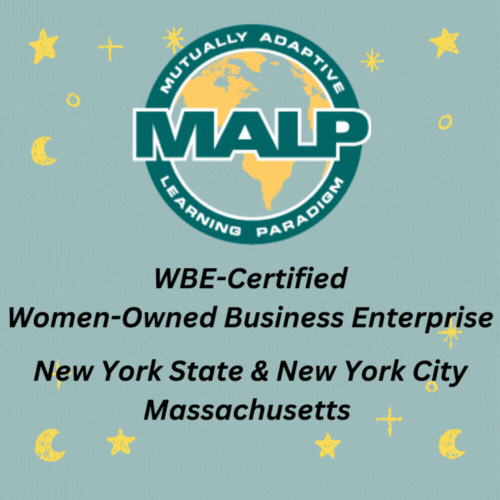SLIFE are Students with Limited or Interrupted Formal Education are a subpopulation of English learners (Els) and face significant challenges in school. These students are different from other ELs. SLIFE have not had opportunities to engage in age-appropriate formal education, unlike other ELs. Their education may have been interrupted because of war, natural disasters, socio-economic or cultural reasons, migration, or other. Some SLIFE experienced limited formal education. They may, for example, have attended schools with limited resources, very large classes, inadequately trained teachers, and an emphasis on memorization and repetition. SLIFE come from diverse countries and cultures and speak a multitude of languages. What they share in common is low literacy and unfamiliarity with typical school practices. Thus, SLIFE face challenges in the classroom beyond learning a new language.
Why do SLIFE need different instructional strategies?
The learning experiences of SLIFE have, for the most part, taken place outside the classroom in the real world. Here they have developed skills and knowledge necessary for everyday life. Literacy has not been important in their lives and learning has not focused on book learning. This contrasts to the important role literacy and literacy-based school tasks play in formal education. In addition, SLIFE are unfamiliar with the requirements and expectations of formal education as we know it. Traditional ESL instructional strategies have been developed for literate and age-appropriately educated ELs and are generally ineffective with SLIFE. Therefore, educators face the challenge of developing appropriate alternative instructional strategies to meet the distinct needs of SLIFE.
Productive instructional strategies
When SLIFE do not respond to instruction, educators frequently take the view that these students are a problem. Instead, we encourage educators to take a difference view. In our work, we explore how SLIFE, because they have experienced limited or interrupted formal education, have different, additional needs than other Els. We examine productive pedagogical practices for addressing these needs. For example, in Promoting Achievement for Struggling ESL Students, we outline five recommendations for teaching SLIFE and describe how one teacher implemented these in her classroom. Integral to these recommendations for productive instructional strategies is an understanding of our culturally responsive instructional model, The Mutually Adaptive Learning Paradigm©.
An instructional model
The Mutually Adaptive Learning Paradigm©, or MALP©, is a culturally responsive instructional model. MALP© is designed to transition SLIFE to formal education. It is mutually adaptive because educators must incorporate elements from the preferred learning paradigm of SLIFE together with elements from the learning paradigm of formal education. MALP© helps educators evaluate which instructional strategies will (or will not) be productive when working with struggling Els, especially SLIFE.
